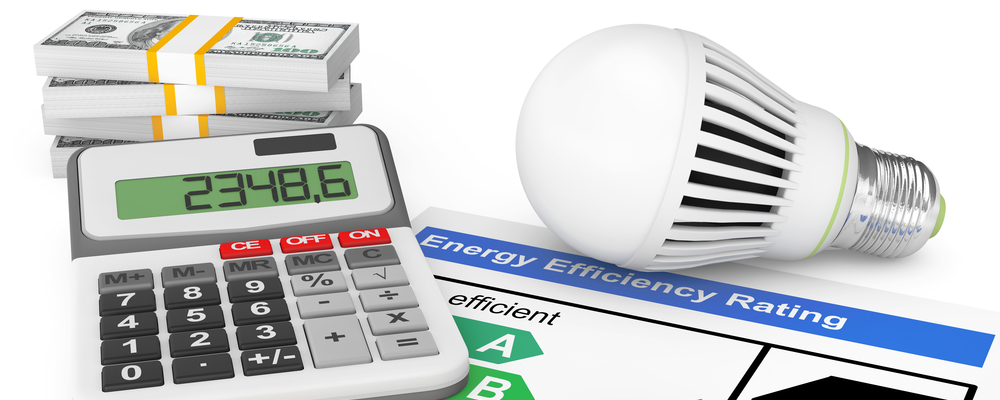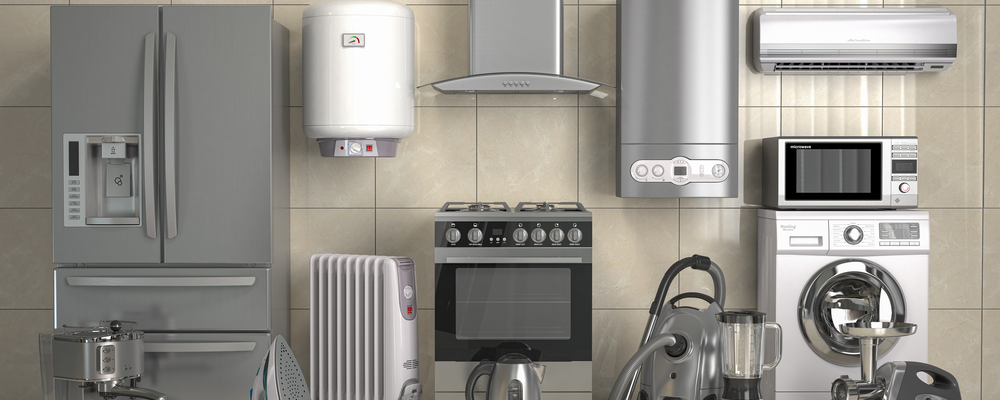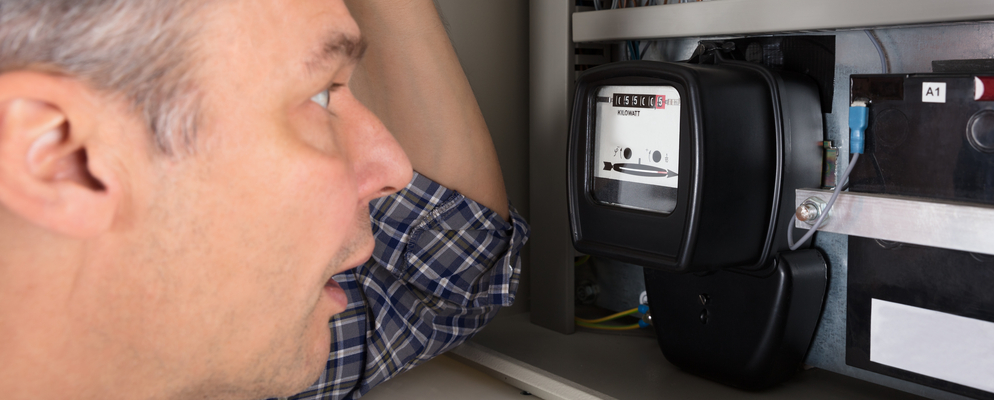What You Need to Know About Electrical Usage Calculation
The rate of electricity usage continues to rise unabated. It’s not surprising because electricity powers almost everything that drives the economy and every home’s modern conveniences. People use electricity to run electronics, computers, heating and cooling systems, appliances, and lighting.
Admit it, you can’t live without electricity and all the advantages it offers. But you’ll also likely acknowledge the fact that you sometimes dread getting your electric bill.
Being aware of your energy consumption can give you more control over how many kilowatt-hours you use and the price you’ll eventually pay for your usage.
Why Is It Important To Calculate Your Electrical Usage?

Awareness is one of the keys to success when it comes to changing a habit. So whether your goal in reducing your energy consumption is to save on the cost of your electricity or you want to minimize your carbon footprints, knowing your kilowatt hour usage is essential.
When you calculate your power consumption, you take much of the guesswork out of your project, and getting your bill won’t cause too much of a shock since you already have an idea of how much you’ll pay for your energy use.
Add to that, when you track the power consumed by your home, you’ll likely discover which electric appliances and devices run up the most number of kilowatt hours and create the most impact on your electric bill. You might even be surprised to learn how smaller devices are secretly contributing to your high energy consumption because of the number of hours they continuously run.
How Is Your Appliance Wattage Related To Your Electricity Consumption?

It’s not that difficult to calculate energy consumption. The kilowatt-hour (kWh) is a unit of power. You get the kWh by multiplying the energy usage, indicated in kilowatts (kW), by the number of hours that the energy was consumed. Multiply the value you get by the cost per kWh that your power utility charges, and you arrive at your total energy cost.
But where do the kW and kWh come from? Well, they represent the energy consumed by the various electrical devices and appliances in your home. That means that the more watts an appliance or device drains from the grid, the more it increases your total energy use and, consequently, your power costs.
By knowing the number of watts the electrical device uses, you can quickly determine your energy consumption. And when you have a clear idea of your energy use, you can take the necessary measures to limit your power usage and lower your energy bill.
What Appliances Consumes Electricity The Most?
As you can see, your energy consumption depends on how much power each appliance and device you own use. Reducing the number of days or the hours per day you run the appliance and device, especially those that consume the most energy, will let you save on your power costs.
Here are the top energy users in your home. These are the ones that rack up the most watt-hours. How much you save on your power bill hinges on the per kWh rate of your electric retailer.
- Clothes dryer – 4,000 watts
- Air conditioners – 600 to 2,700 watts
- Electric stove – 2,000 watts
- Electric iron – 800 to 2,000 watts
- Dishwasher – 1,200 watts
- Refrigerator – 1,000 watts
- Toaster – 800 watts
- Computer (desktop model) – 400 watts
- Television – 80 to 400 watts
- Home sound system – 95 watts
What Appliances Are The Most Energy Efficient?
Most of the electronic appliances and devices you use to power your home run up considerable watt-hours and hike your energy consumption. Fortunately, the majority of these electricity-hungry electronics have their Energy Star counterparts.
Appliances with the Energy Star certification consume less electricity. They can reduce your power consumption by as much as 50% per year compared to non-energy-efficient models.
Replacing your current appliances with Energy Star-certified ones will surely show a reduction in your energy usage, saving you money in the long run. The dollars you save per year will let you recoup the price you paid for your new purchase.
How To Determine Your Electricity Consumption?

Figuring out how much energy you use is a crucial step in reducing your kWh usage. Luckily, calculating your energy consumption is easy to do. Just follow these simple steps.
- Find out how many watts each of your electronics use each day.
- Convert the watts (W) into kilowatts (kW). One kilowatt is equal to 1,000 watts.
- Calculate how many kW your electronics consume monthly.
- Estimate the cost based on your utility’s electricity rate.
FAQ
How do you calculate kWh per day?
Although it’s convenient to simply use a kWh calculator, it’s still a good idea to learn how to estimate your usage by doing the math yourself. You can work out your electric usage per day by doing the following steps.
Figure out the number of watts each device and appliance use each day. For example, if you have an energy-efficient refrigerator that consumes 300 watts, you multiply the watts by the number of hours per day you use the appliance. In the case of a fridge, you usually run it 24 hours a day. Here’s the equation:
300 x 24 = 7, 200 watt-hours each day
Convert the value you get to kilowatts. You’ll need to turn the kW per day into kWh per day because your energy bill is measured in kilowatt-hours. One kW is equal to 1,000 kWh, so using the previous example, here’s the equation:
7,200÷1000 = 7.2 kWh daily
How is household electricity consumption calculated?
You can calculate the energy used by your home by summing up the watts consumed by all your electronics. To make your calculations as accurate as possible, look up the wattage of the various appliances and devices. The wattage is typically indicated on the label.
After getting the total watts, convert the figure into kW. Using the formula mentioned above, you can figure out your monthly, daily, and annual power usage.
How do you calculate monthly electricity usage?
Calculating your energy usage per month is pretty straightforward, and the computation will be pretty accurate. Here’s how it goes:
To determine how many kWh a particular appliance use per month, simply multiply the per day kWh usage by 30 days. After summing up the energy consumption of all your electronic appliances and devices, find out how much each kWh costs. You can usually see this on your utility bill. If each kWh costs 10 cents, you multiply the kWh per month by your electricity rate. Let’s say your total consumption is 216 kWh, you multiply that by $0.10.
216 kwh x $0.10 = $21.60 a month
How do I calculate kWh per hour?
To estimate your kWh usage per hour, simply look at the label of your electronics. The wattage of the appliance or device is usually indicated there. Convert the watts into kWh, and you’ll know how much power the electronic uses per hour.
It won’t take much time to calculate your electrical usage, but it will let you reap valuable benefits so you can make most out of your electricity plan.
Updated on
